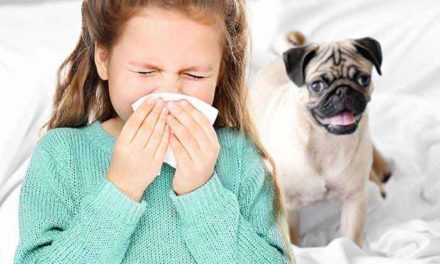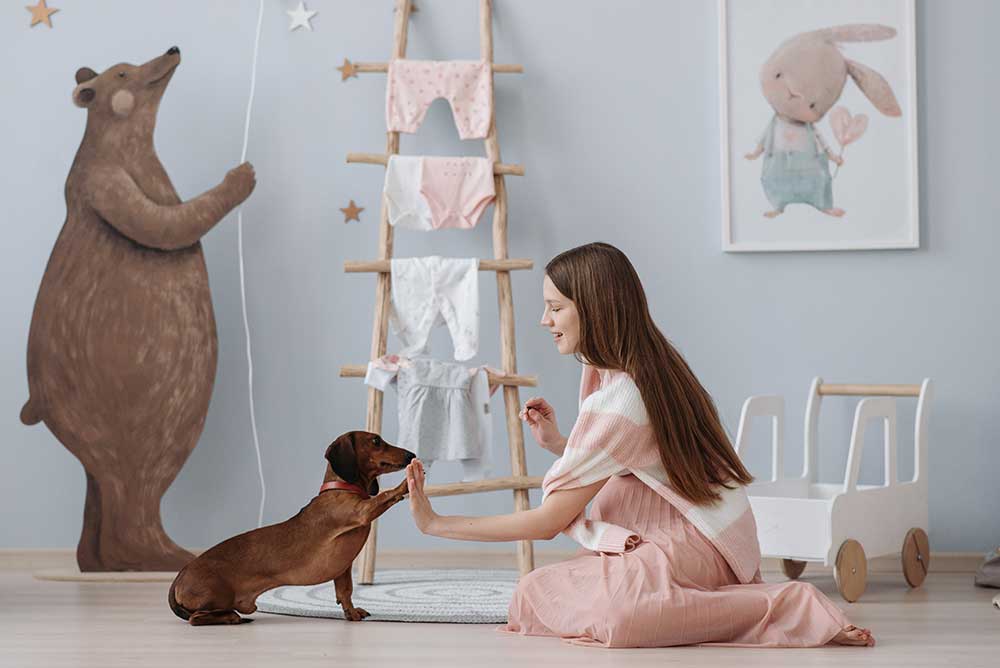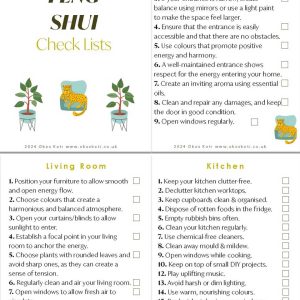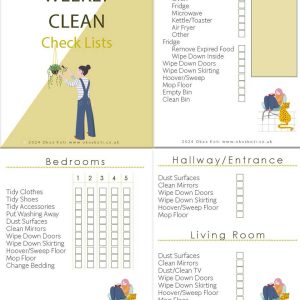Carbon Monoxide in The Home
Carbon Monoxide (CO) is a colourless and odourless gas. Because you cannot see or smell CO, it builds up in the home without us noticing. As a result, we would only identify that there is a problem with carbon monoxide when we become unwell.
Because carbon monoxide poisoning symptoms are the same as the flu, people often do not see the signs. So, when exposed to elevated concentrations, this can prove fatal. Every year there are 40 deaths from CO poisoning in England and Wales.
Symptoms of poisoning vary from mild to severe. Symptoms will get worse with continued exposure, which results in loss of vision and balance and some cases loss of consciousness. If there is a lot of carbon monoxide in the air, the reactions to the poisoning can happen within two hours. Boilers, cookers and heating are the leading cause of carbon monoxide poisoning.
4,000 people go to A&E for treatment for CO poisoning each year in England (Department of Health)
Symptoms of Carbon Monoxide Poisoning
Short Term
- A mild headache
- Dizziness
- Nausea (feeling sick) and vomiting
- Tiredness and confusion
- Shortness of breath and difficulty breathing
Long Term
- Difficulty thinking
- Difficulty concentrating
- Changes in your emotional moods
- Becoming easily irritated
- Feeling depressed
- Making impulsive or irrational decisions
Severe
- Changes in personality and mental state
- Feeling disorientated and dizzy
- loss of physical coordination caused by underlying damage to the brain and nervous system
- Breathlessness
- Chest pain
- Seizures
- Loss of consciousness
10 Causes of Carbon Monoxide poisoning in the home
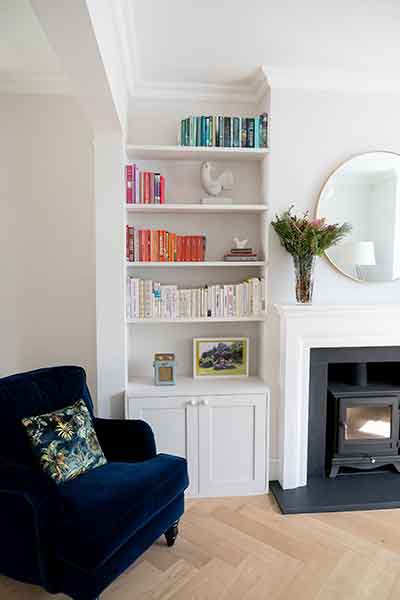
- Unvented kerosene and gas space heaters.
- Gas cookers and heaters produce large amounts of CO, which can be lethal. They also emit other harmful gases such as carbon dioxide, nitric oxide, and sulphur dioxide.
- Wood burning stoves.
- Burning fuel in an enclosed or unventilated space.
- Leaking chimneys and furnaces; back-drafting from furnaces and fireplaces.
- Generators and other gasoline-powered equipment.
- Automobile exhaust from attached garages and Idling vehicles.
- Boilers
- Some cleaning fluids and paint removers contain methylene chloride (dichloromethane), which can cause CO poisoning.
- Tobacco smoke and smoking shisha pipes indoors.
Signs of Carbon Monoxide in the Home
- An increase of condensation inside windows
- A pilot light that blows out repeatedly
- Appliances that have a dark stain on or around them
- Your gas hob flame changes to a yellow/orange colour rather than a crisp blue
Top Tips to Prevent Carbon Monoxide Poisoning
- Always use an extractor and open windows while cooking.
- Install a carbon monoxide alarm; It’s advisable to fit one in every room with a gas appliance. Regularly maintain and service boilers, cookers and heating systems, and always use a registered and reputable engineer.
- Do not use ovens or gas ranges to heat your home.
- Regularly maintain chimneys and flues, make sure chimneys swept by a professional.
- Protect yourself from exhaust fumes, never leave petrol-fuelled lawnmowers or cars running in the garage and check your car’s exhaust for leaks.



